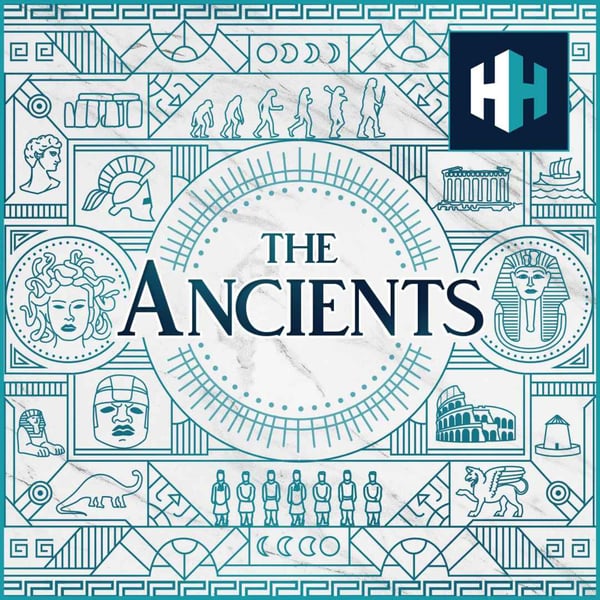Begram: Crossroads of the Ancient World
The Ancients
History Hit
4.7 • 3.5K Ratings
🗓️ 8 July 2021
⏱️ 41 minutes
🧾️ Download transcript
Summary
Bagram, also known as Begram, has been in the news a lot recently. Over the past couple of days, the last US and NATO troops have withdrawn from Bagram air base, which they have occupied for some 20 years. But this area of Central Asia, situated south of the Hindu Kush mountain range, also has some remarkable ancient history. In the area around Bagram lie the remains of ancient Begram (Kapisi). The city witnessed several waves of ancient superpowers. The Persians came here, as did Alexander the Great and his successors. But it was during the age of the Kushan Empire (1st – 4th centuries AD) that it appears the rich, ancient city of Begram enjoyed its golden age.
In this fascinating podcast, University of Freiburg’s Lauren Morris brilliantly guides us through Begram’s ancient history and why this site is so extraordinary. Lauren also tells the remarkable story behind the excavations at Begram during the 1930s and how it could be a big hit Netflix show in its own right.Part 2 will be out soon and will be centred on the Begram’s most remarkable archaeological discovery: the Begram Hoard.
Hosted on Acast. See acast.com/privacy for more information.
Transcript
Click on a timestamp to play from that location
| 0:00.0 | It's the Ancients on History Hit. I'm Tristan Hughes your host and in today's podcast |
| 0:08.8 | where you might have noticed in the news over the past couple of days how the last US and |
| 0:13.1 | NATO forces have now left Bagram Air Base in Afghanistan having been there for some |
| 0:18.2 | 20 years. Coincidentally, a couple of months back I was fortunate enough to interview Lauren |
| 0:24.1 | Morris from the University of Freiburg all about the ancient history of Bagram also known |
| 0:31.2 | as Begrim. Now Lauren and I were talking for well over an hour so we're going to divide |
| 0:35.3 | this podcast into two. The main focus of this whole podcast was on an incredible set of |
| 0:40.8 | objects discovered in the mid 20th century called the Begrim Ford. And this award has objects |
| 0:46.8 | some of which come from ancient China from Eastern ancient China, lack of airs from that |
| 0:52.0 | area of the ancient world. We have objects from the Indian subcontinent, we have objects |
| 0:56.8 | from around Begrim and we also have some objects from the Roman Mediterranean. It's an incredible |
| 1:03.2 | ancient horde with objects that stretch the whole length of the Eurasian continent. |
| 1:09.8 | Now in this first part we're going to be really delving into the ancient history of Begrim |
| 1:14.7 | and that area of ancient Central Asia. We're going to be talking about the Persians, we're |
| 1:18.9 | going to be looking at Alexander the Great, we're going to be looking at the Greco-Bacterians |
| 1:23.2 | and the importance of Begrim or the Kushine. So that further ado is Lauren. |
| 1:32.8 | Lauren it is great to have you on the podcast. Thanks so much for having me. No problem at all |
| 1:37.9 | because we're talking about the extraordinary horde, an extraordinary discovery filled with |
| 1:42.0 | objects from can we say across the length of the Eurasian continent? |
| 1:46.2 | That's exactly right. Yeah almost all of it really. |
| 1:48.9 | Well we're going to have to deep into this. So first of all the Begrim horde, Begrim is the |
| 1:54.2 | most important question. First of all, Lauren where is Begrim? |
... |
Please login to see the full transcript.
Disclaimer: The podcast and artwork embedded on this page are from History Hit, and are the property of its owner and not affiliated with or endorsed by Tapesearch.
Generated transcripts are the property of History Hit and are distributed freely under the Fair Use doctrine. Transcripts generated by Tapesearch are not guaranteed to be accurate.
Copyright © Tapesearch 2025.

